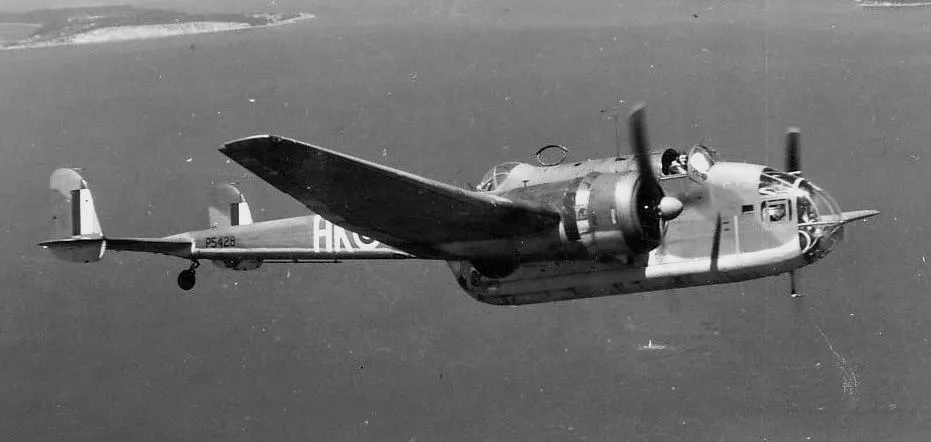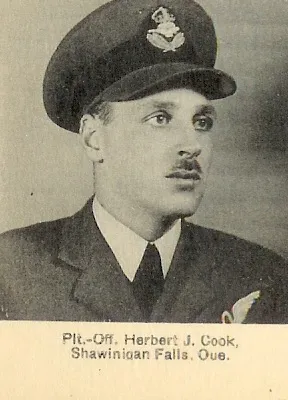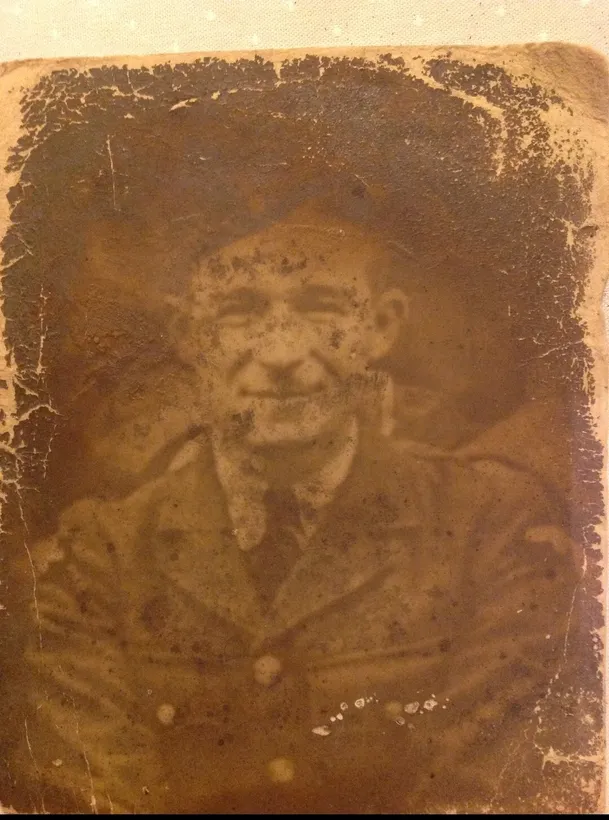Thompson, Edward, Alan, Wilfred
Killed in Action 1941-09-02


Birth Date: 1920
Born:
GEORGE FREDERICK AND EMMA JANE THOMPSON, OF DAWLISH, DEVON.
Home:
Enlistment:
Enlistment Date: Unknown
Service
RAFVR
Unit
44 (B) Sqn- Squadron (RAF)
Fulmina Regis Lusta The king's thunderbolts are righteous
Base
RAF Waddington
Rank
Pilot Officer
Position
Pilot Officer
Service Numbers
60564)
Target
 Berlin Germany
Berlin Germany
Hampden I AE152
Bombing Berlin Germany 1941-September-02 to 1941-September-02
(B) Sqn (RAF) RAF Waddington
Handley Page Hampden Mk.I AE152 (KM-R) of 44 Squadron, RAF: lost on combat operations on night of 2-3/9/1941. Mission: Berlin. Took off from RAF Waddington at 20:45 hrs. Outward-bound, the aircraft was hit by Flak of the 3. schwere Batterie Vlieland-West/Marine-Flak-Abteilung 246 & crashed. The raid as mentioned in the Operations Record Book of No. 44 Squadron, stationed at Waddington air field near Lincoln:
"Waddington 2.9.41Weather: Cloudy for most of day, becoming fine by midnight. Low stratus 600-800 ft between 0700-1000 BST. Visibility 2-7 miles. Surface winds WSW'ly veering to NW'ly 5-10 mph.Operations. Two objectives were selected, the first being to attack Berlin and the second to attack Frankfurt. Nine Hampdens from this Squadron were detailed to attack Berlin together with 128 aircraft from other Groups and Stations.
Of this number, five of this Squadron's aircraft reached the target. Pilot Officer Anekstein reported that his bombs dropped in the Templehof area, S/Ldr Nettleton's in vicinity of the railway station, S/Ldr Burton-Gyles DFC, P/O's Bell and Tew attacked the town.
On the return journey the flight experienced heavy fog and S/Ldr Burton- Gyles and Pilot Officer Bell were diverted to Wittering, Pilot Officer Tew to Linton-on-Ouse, while Pilot Officer Aneckstein crashed at Colsby. None of Aneckstein's crew was injured.
Of the remaining four aircraft detailed to attack Berlin, Sgt. Dobbs encountered a Me.110 about 20 miles East of Norderney and his aircraft was badly shot up and Sergeant Shipton (W.Op/AG) and Sergeant Durnan (REAR Gunner) were injured. Fire was exchanged between these two aircraft and both Sergeants Shipton and Durnan report the ME.110 as damaged.
F/Lt Ridpath DFC was unable to reach the main objective owing to 10/10 cloud and bombed Hamburg instead"
AE152 was presumed lost over the Waddenzee off Nes, Ameland, West Frisian Islands, Netherlands (at approximate co ordinates 53.26'42?N 5.46'23?E)
Crew60564: Pilot Officer Edward Alan Wilfred Thompson RAF (pilot, aged 21) - KIA body recovered for burialJ/3603: Pilot Officer Herbert James Cook RCAF (Observer, aged 25) - KIA body not recovered1160202: Sgt. Eric Dyer RAF DFM (Wireless Op/Air Gunner, aged 28) - KIA body not recovered1304399: Sgt. Walter McBeth (Air Gunner, aged 23)
Although the bombing and "gardening" were reasonably successful, Nos. 44 and 83 Squadron suffered losses over the target areas. No.44 Squadron lost AE152/E, AE254/W over Berlin, and AE313/C over Frankfurt, while No. 83 Squadron lost X3144 and AE315 over Berlin. In a few hours, No.44 Squadron had lost almost a quarter of its bombing force with twelve airmen missing.
Pilot Officer Thompson is buried in Nes General Cemetery, Ameland, West FRisian Islands, Netherlands. His crew have no known graves, and are commemorated on the Runnymede Memorialsource: Richie Dyer
Hampden AE152
Handley Page Hampden

Handley Page Hampden (Serial No. P5428), of No. 32 Operational Training Unit at RCAF Patricia Bay, British Columbia, in the torpedo-bomber training role between May 1942 and February 1944.
Handley Page developed a modern stressed-skin mid-wing monoplane, powered by Bristol Pegasus radial air cooled engines, with its first flight in 1936. It had the most advanced wings available at the time, giving it a remarkably low landing speed of 73 mph for an aircraft of its size, with a top speed of 265 mph. The Hampden had a short, narrow but tall main fuselage with a very slender tail unit. This configuration led to the nicknames "Flying Panhandle" and "Flying Suitcase". At the end of the war, no complete or partial Hampden aircraft were retained for museum display.
The Hampden served in the early stages of the war, bearing the brunt of the early bombing war over Europe, taking part in the first night raid on Berlin and in the first 1000-bomber raid on Cologne.In Canada, Hampdens were built by six companies that formed Associated Aircraft. There were three in Ontario and three in Quebec, hence they were identified as the Ontario Group and Quebec Group. They supplied all the the components to the two assembly plants. The Ontario Group's assembly plant was at the Malton Airport, while the Quebec group's assembly plant was at the St. Hubert Airport. Canadian Museum of Flight and Harold A Skaarup web page
 Library and Archives Canada Service Files (may not exist)
Library and Archives Canada Service Files (may not exist)


 Handley Page Hampden in Flight
Handley Page Hampden in Flight Wikipedia Hampden Bomber
Wikipedia Hampden Bomber Harold A Skaarup Web Page
Harold A Skaarup Web Page Hampden - Kestrel Publications
Hampden - Kestrel Publications